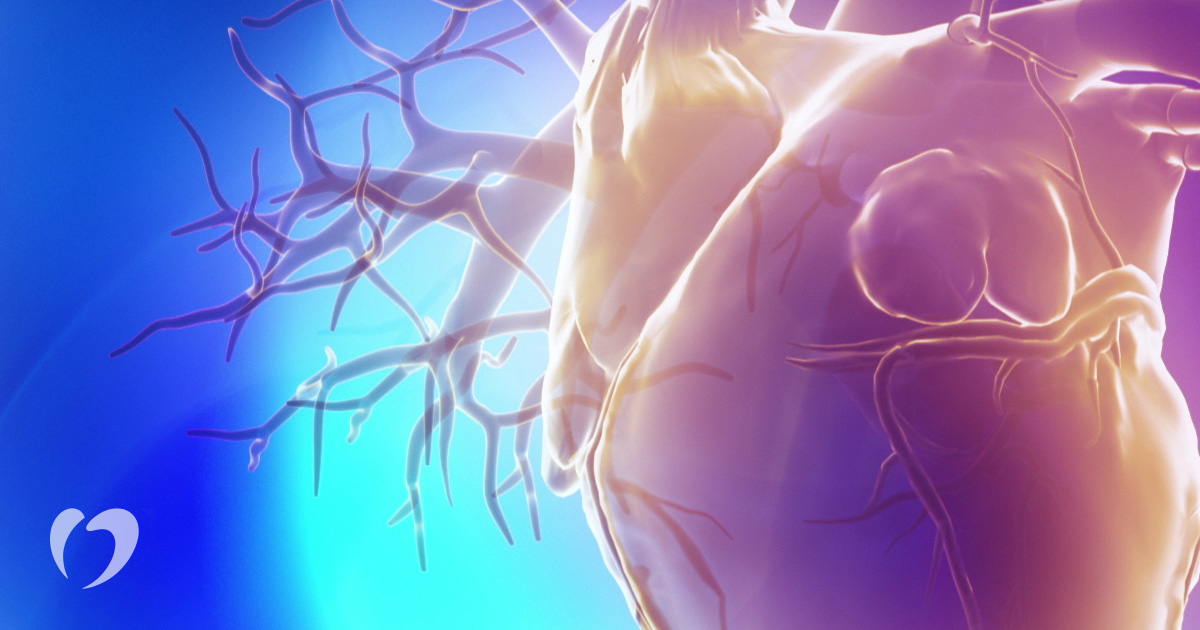Basic anatomy and function of the heart

The human heart is a powerful organ—one of the most powerful in the entire body! As the heart beats, it delivers oxygen-rich blood to the entire body. As anyone with a heart rhythm issue or heart disease can tell you, a poorly functioning heart can have a significant impact on daily life.
But how exactly does the heart work? There are four chambers in the heart that together function as a two-sided pump. The left side of the heart pumps blood out into the body through the arteries, while the right side of the heart collects blood through the veins.
The top chambers of the heart are called the left atrium and right atrium. The bottom chambers of the heart are the left ventricle and right ventricle, which have thicker walls.
- The right atrium receives blood from the veins that has already circulated through the body and pumps it over to the right ventricle.
- The right ventricle passes the blood on to the pulmonary artery, which sends it to the lungs to pick up oxygen.
- The left atrium receives the now oxygen-rich blood from the lungs and pumps it into the left ventricle.
- The left ventricle pumps the oxygen-rich blood to the body through a large network of arteries. The contractions of the left ventricle, the strongest of the four chambers, are what create blood pressure in the body.
A series of four valves open and close to allow blood to move through the heart.
- The tricuspid valve that controls blood flow from the right atrium to the right ventricle.
- The pulmonary valve that regulates blood flow from the right ventricle to the pulmonary arteries.
- The mitral valve that opens to allow blood to move from the left atrium to the left ventricle.
- The aortic valve that allows oxygen-rich blood to move from the left ventricle to the aorta, the body’s largest artery.
The heart itself needs oxygen-rich blood to function, which is supplied by the coronary arteries running along its surface. There’s also a complex system of nerves running through the heart that carry the electrical impulses responsible for making the heart beat.
A double-layered sac called the pericardium surrounds the heart, with the inner layer attached to the heart muscle and the outer layer attached by ligaments to your spinal column, diaphragm, and other parts of the body. Fluid between the two layers of the pericardium allows it to move as the heart beats.
Heart rhythm issues or other heart disease can occur when any part of this complex system stops functioning properly. If you have symptoms that suggest your heart may not be functioning properly, contact the Oklahoma Heart Hospital today for an appointment.
